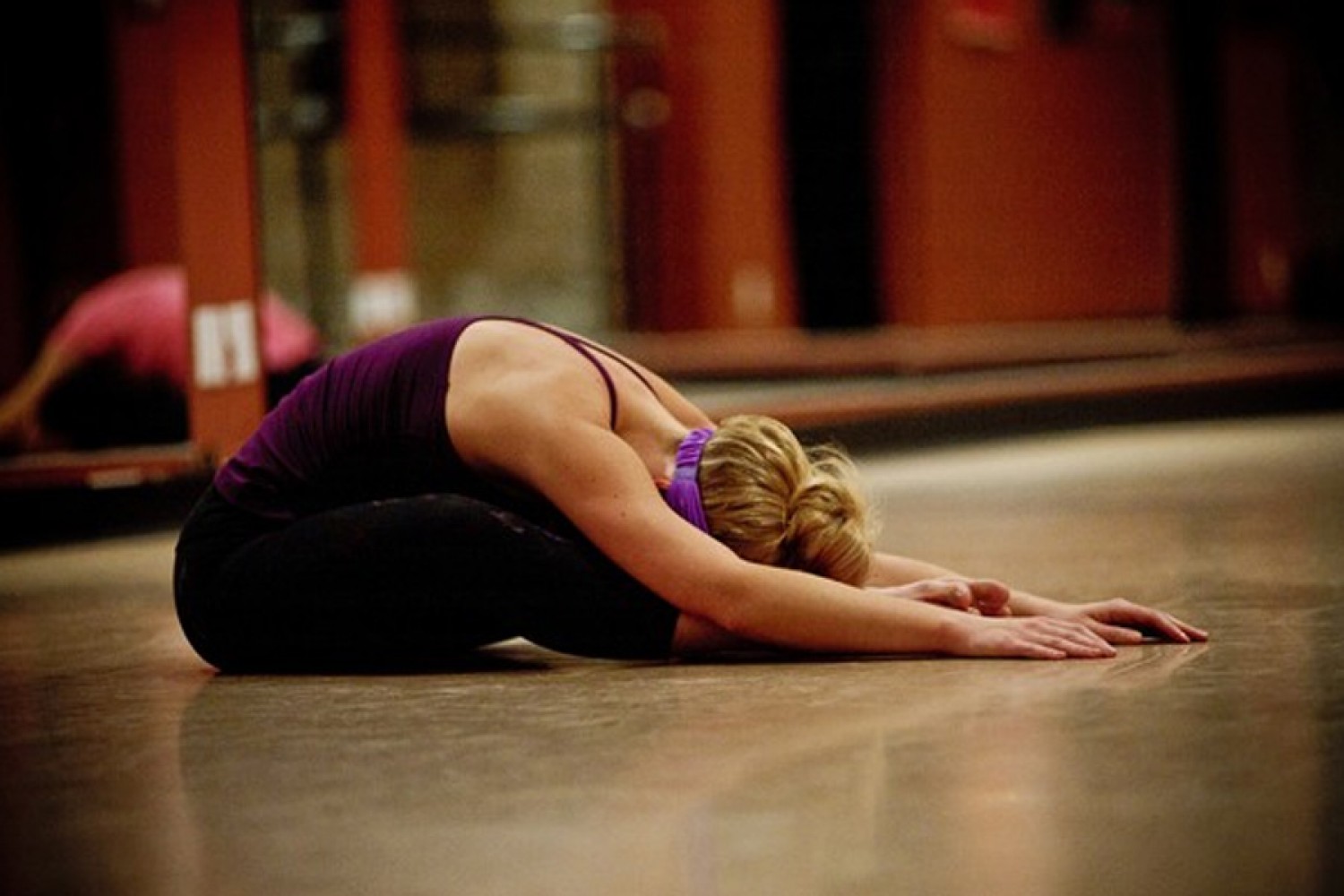The Dancer’s Guide to Injury Recovery

It’s happened to all of us. We’ve landed a grand jété poorly, didn’t get over the box of our pointe shoe quick enough, overextended an arabesque. Injuries are common in the dance world, and dancers are at a significantly higher risk of injury than most of the general population, with an estimated 90% of dancers reporting at least one injury per year.
But while we normally associate injury and dance with the traumatic injuries – like Alex Wong’s ruptured Achilles tendon on SYTYCD – most dance injuries are actually attributed to repetitive strain. Repetitive or “overuse” injuries are any type of muscle or joint injury, such as tendinitis or stress fractures, that are caused by repetitive trauma.
Dance, and dancers from highly technical disciplines, are especially prone to this kind of overuse. A recent study by Francisco Sobrino (2015) of injuries in professional dancers found that over 75% of reported injuries were from overuse, with the highest incidence of overuse injuries reported in classical ballet dancers.
Patellofemoral pain syndrome, lower back pain, and Achilles tendinitis are all commonly reported amongst dancers, and the effects of such injuries can be amplified by variety of factors, including poor nutrition, incorrect alignment, and intensity of training.
Unlike traumatic injuries, overuse injuries happen slowly over time, and can have serious long-term consequences. Shin splints can quickly turn into stress fractures that can keep a dancer out of the studio for weeks, yet overuse injuries are typically overlooked by both professional and recreational dancers.
Recognizing such overuse injuries is critical to maintaining a dancers’ overall health and functioning, ensuring that they can continue to dance for years to come. But considering overuse injuries manifest slowly over time, and most dancers experience some degree of discomfort when exerting the body, how is it possible to recognize such injuries?
John Hopkins Medicine suggests that any pain that keeps an individual up at night, that is present at the start of an activity, increases with activity, or makes them shift their weight or compensate their movements is indicative of a injury. If such pain occurs, it is key that the dancer seeks the appropriate treatment – whether from a doctor, physiotherapist, or chiropractor.
Braces, kinesiology tape, tensor bandages, and painkillers may provide temporary belief. However, it is important to recognizes that such aids are a stopgap, not a solution, and the “no-pain, no-gain” mentality will only hinder healing. The sooner dancers seek treatment for an injury, the sooner the healing process can begin, and working with a medical professional on a personalized course of treatment is the surest way to get back in the studio.
So what can dancers do to assist in preventing such injuries? Cross-training with appropriate conditioning programs – such as yoga, pilates, or Feldenkrais – helps build muscular strength in underused muscle groups that can cause instability.
Emphasizing the use of correct alignment, and correcting poor habits – such as failing to get the heels down in pliés or not tracking the knee during jumps – addresses many of the underlying causes of overuse injuries. Proper nutrition, rest, and supplementary treatments, such as massage and acupuncture, can also help maintain overall health.
While treatment for overuse injuries is available, it is important to recognize that such injuries are both predictable and preventable, and it is key for dancers to be proactive in protecting their overall health to prevent these issues.
Alex Raposo
Alex has returned to dance as an adult after a ten year hiatus, and has dabbed in a variety of dance styles including jazz, acro and ballet. She is currently enrolled in the Royal Academy of Dance Exam Program at Joy of Dance.

